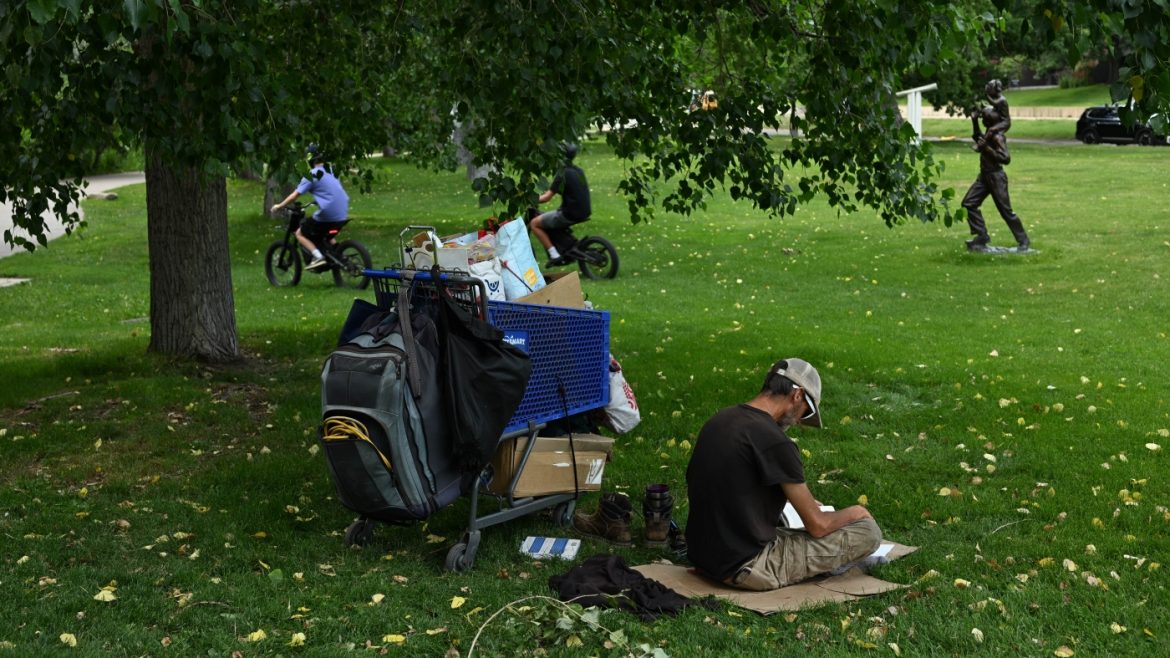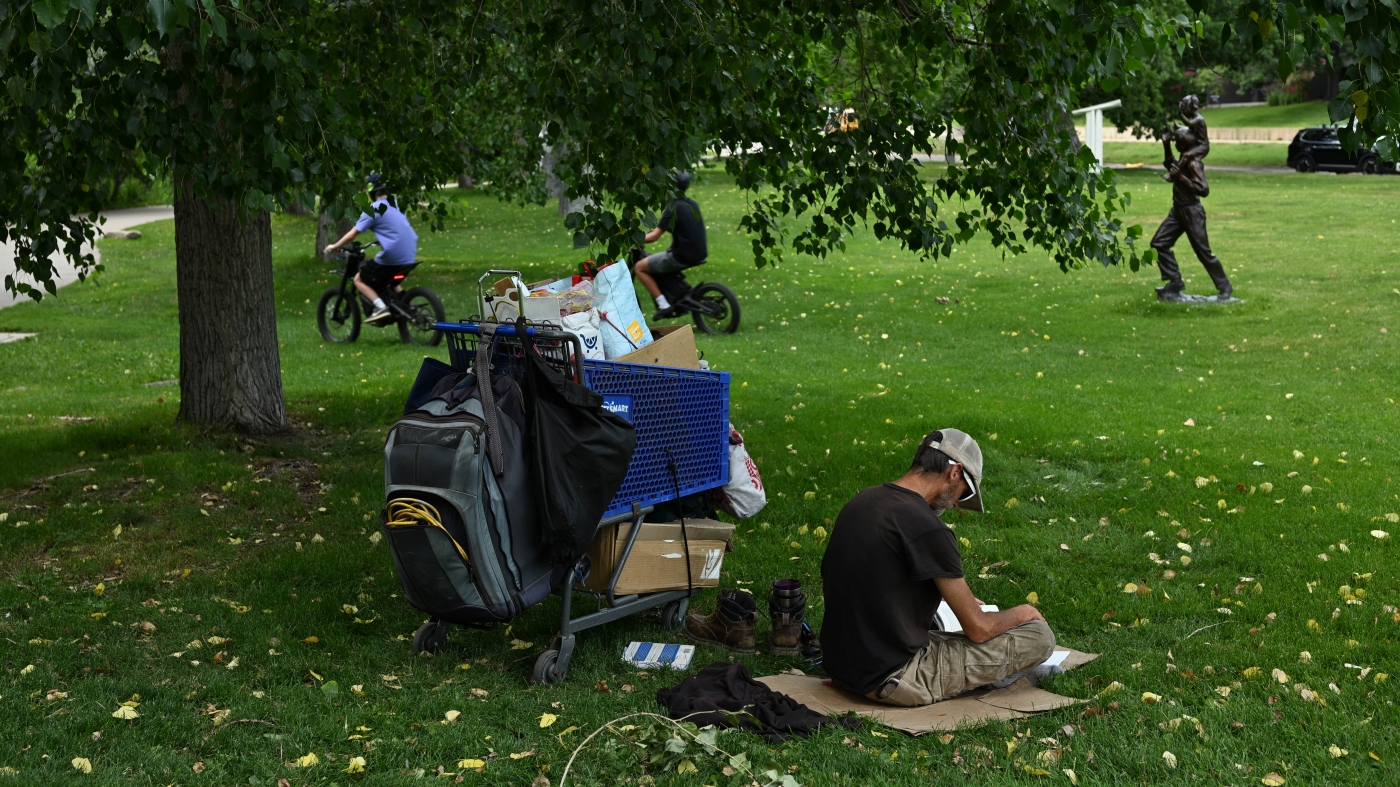Analyzing Trump’s Executive Order on Homelessness: A Critical Examination
Introduction
The issue of homelessness in the United States has long been a contentious topic, with debates centering on the most effective ways to address the crisis. President Trump’s recent executive order, titled “Ending Vagrancy and Restoring Order,” has sparked intense discussion and scrutiny. The order aims to empower local governments to remove homeless individuals from public spaces and direct them toward treatment facilities. While supporters argue that this approach restores public order and safety, critics contend that it criminalizes homelessness and further marginalizes vulnerable populations. This analysis explores the key aspects of the executive order, its potential implications, underlying assumptions, and the broader context of homelessness in America.
The Core Provisions of the Executive Order
The executive order is built on two primary strategies: the removal of homeless individuals from streets and public spaces, and the redirection of federal funding to support rehabilitation, treatment, and other services. On the surface, the goal of connecting individuals with needed resources is commendable. However, the emphasis on removal raises significant concerns about coercion and the violation of civil rights.
The order incentivizes cities and states to enact and enforce policies that prohibit sleeping, camping, and loitering in public areas. This approach effectively criminalizes homelessness, pushing individuals further into the shadows and making it more difficult for them to access essential services. By focusing on removal, the order overlooks the diverse needs of the homeless population and may not be appropriate for individuals who do not require intensive mental health or addiction treatment.
Furthermore, the order prioritizes institutional settings, such as long-term treatment facilities, as a primary solution for homelessness. This approach fails to address the underlying causes of homelessness, such as poverty, lack of affordable housing, and systemic discrimination. It also risks diverting resources away from more effective solutions, such as permanent supportive housing and prevention programs.
The Rationale Behind the Order: Restoring Order or Criminalizing Poverty?
Proponents of the executive order argue that it is necessary to restore order and safety to American cities. They contend that homeless encampments pose a public health risk, contribute to crime, and negatively impact the quality of life for residents and businesses. By removing homeless individuals from the streets, they believe that cities can reclaim public spaces and create a more welcoming environment for everyone.
However, critics argue that the order is based on a flawed premise that equates homelessness with vagrancy and criminal activity. They point out that homelessness is primarily a result of systemic failures, such as the lack of affordable housing and adequate social safety nets. Criminalizing homelessness does not solve the problem; it merely shifts it from one public space to another, while further stigmatizing and marginalizing individuals who are already struggling to survive.
Moreover, the emphasis on “restoring order” raises concerns about the potential for discriminatory enforcement. There is a risk that the order will be disproportionately used against people of color, individuals with mental illness, and other marginalized groups who are already overrepresented in the homeless population. This could exacerbate existing inequalities and further marginalize vulnerable communities.
The Potential Consequences: Unintended Harm and Exacerbation of the Crisis
While the executive order may be intended to address the symptoms of homelessness, it risks exacerbating the underlying causes and creating unintended harm. By focusing on removal and institutionalization, the order may divert resources away from more effective solutions, such as permanent supportive housing and prevention programs.
Permanent supportive housing, which provides stable housing coupled with supportive services, has been shown to be a cost-effective and humane solution for chronic homelessness. Prevention programs, such as rental assistance and eviction prevention, can help individuals and families avoid homelessness in the first place.
Furthermore, the order may create additional barriers for homeless individuals seeking assistance. By criminalizing homelessness, it may deter individuals from seeking help and make it more difficult for them to access services. The forced removal of individuals from their established communities can also disrupt their support networks and make it more challenging for them to rebuild their lives.
The emphasis on institutional settings also raises concerns about the potential for abuse and neglect. Studies have shown that individuals with mental illness are at increased risk of abuse and neglect in institutional settings. It is crucial to ensure that any treatment facilities used to house homeless individuals are adequately regulated and monitored to protect their safety and well-being.
A Deeper Dive: The Underlying Issues and Alternative Solutions
To effectively address homelessness, it is essential to understand the complex factors that contribute to it. These factors include poverty, lack of affordable housing, mental illness, substance abuse, domestic violence, and systemic discrimination.
A comprehensive approach to homelessness must address these underlying issues through a combination of prevention, intervention, and long-term support. This includes:
- Increasing the supply of affordable housing: This can be achieved through government subsidies, tax incentives, and zoning reforms that encourage the development of affordable housing units.
- Expanding access to mental health and substance abuse treatment: This includes increasing funding for community-based mental health services, expanding access to medication-assisted treatment for addiction, and integrating mental health and substance abuse services into primary care settings.
- Strengthening social safety nets: This includes increasing access to food assistance, cash assistance, and unemployment benefits.
- Providing permanent supportive housing: This provides stable housing coupled with supportive services, such as case management, mental health care, and job training.
- Implementing prevention programs: This includes rental assistance, eviction prevention, and rapid re-housing programs that help individuals and families avoid homelessness in the first place.
- Addressing systemic discrimination: This includes combating discrimination in housing, employment, and other areas based on race, ethnicity, sexual orientation, and gender identity.
Conclusion: A Critical Re-evaluation of Strategies
Trump’s executive order on homelessness, while ostensibly aimed at addressing a pressing societal issue, presents a concerning approach that risks exacerbating the problem. By prioritizing the removal of homeless individuals and emphasizing institutionalization, the order overlooks the complex root causes of homelessness and the need for comprehensive, humane solutions. The focus on “restoring order” raises concerns about the criminalization of poverty and the potential for discriminatory enforcement.
To truly address homelessness, we must shift our focus from reactive measures to proactive strategies that prioritize prevention, affordable housing, and access to supportive services. Only then can we create a society where everyone has the opportunity to live with dignity and security. A re-evaluation of the current strategies is vital to ensure that efforts to combat homelessness are effective, compassionate, and sustainable in the long term.


